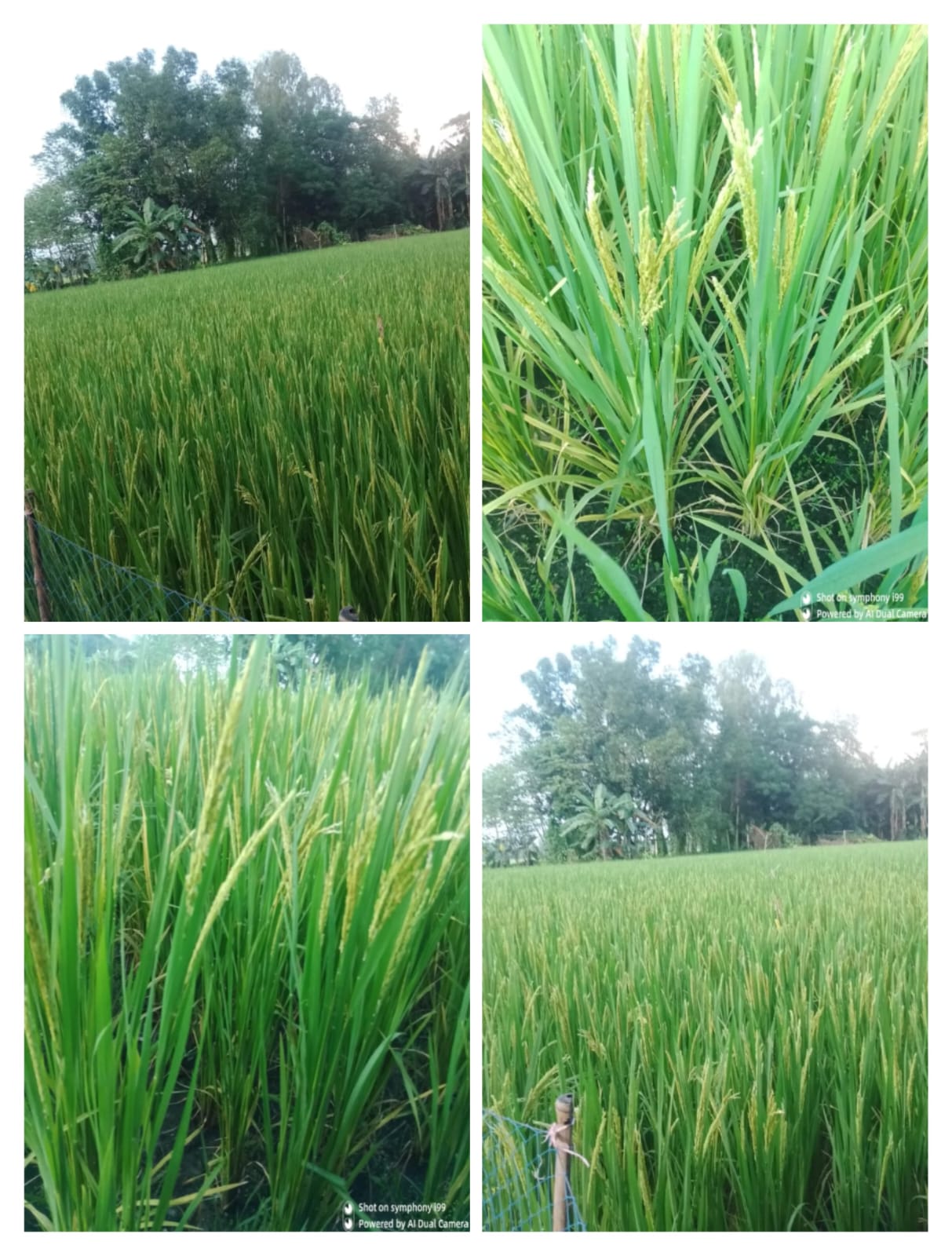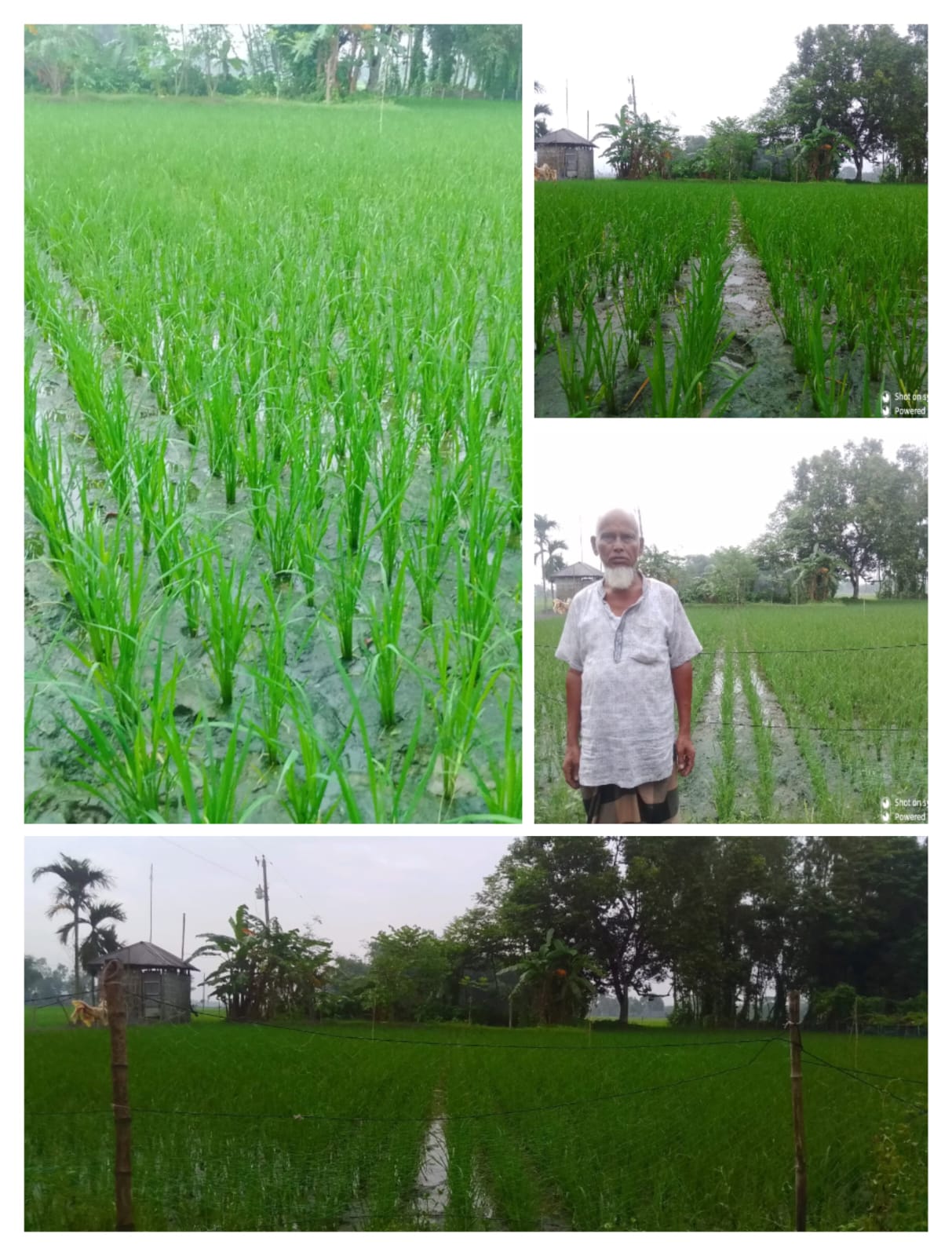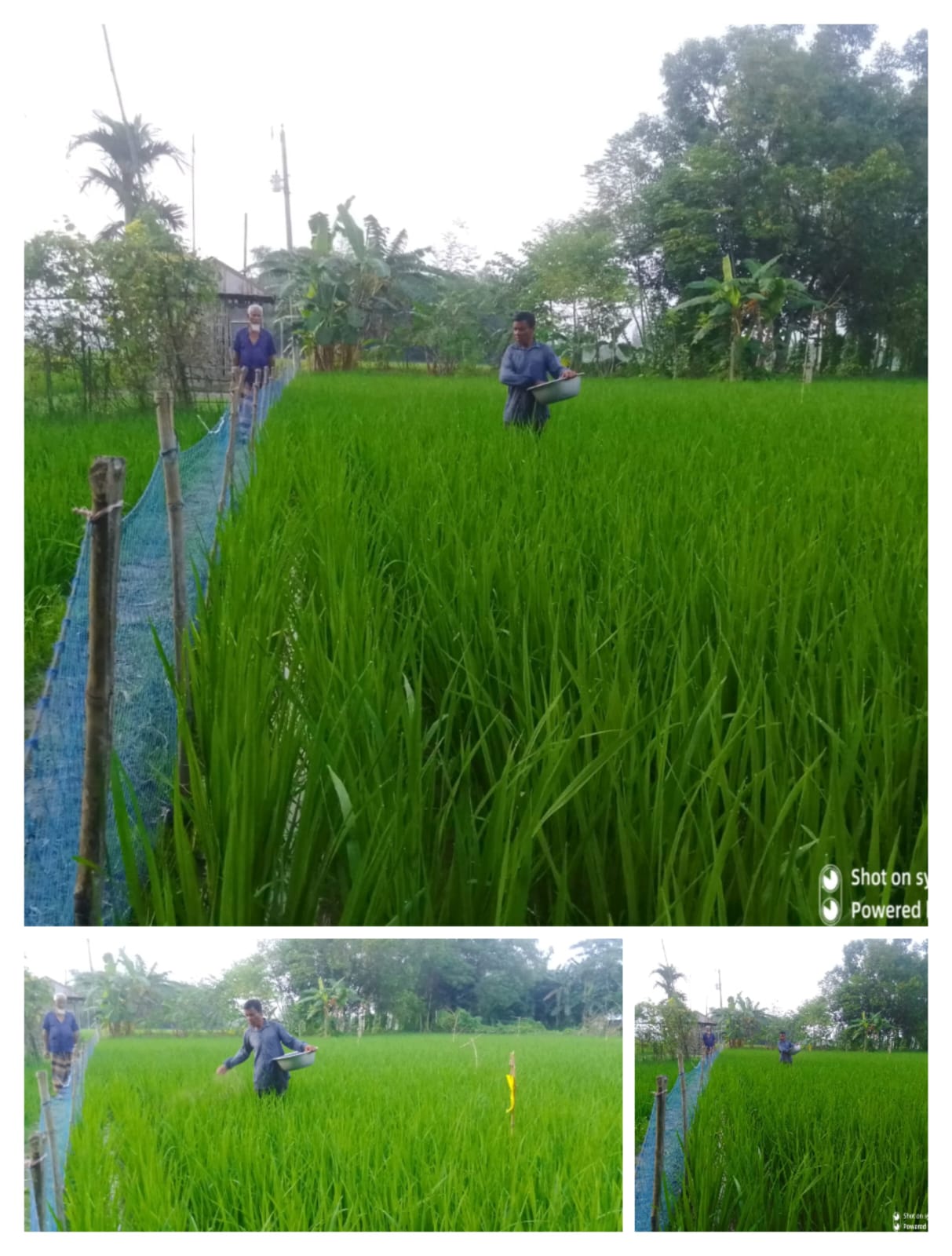AERI started the BRRI dhan75 cultivation and seed business at the farmer level
Rice is the main crop in the agrarian economy of Bangladesh. About 76% of the population of Bangladesh lives in rural regions, and 47.5% of all labor is employed in agriculture. The destruction of rice fields occurs at an alarming rate in many nations due to water stagnation, salinization, erosion, and human settlements. Bangladesh is one of the world’s most densely populated nations, and it urgently needs to significantly expand agricultural output to feed its hordes of hungry citizens. 11.63% of Bangladesh’s GDP is derived from agriculture.
Agribusiness Education and Research International (AERI) is a research firm that started BRRI dhan75 cultivation through trial implementation at the farmer level. Agribusiness Education and Research International (AERI) also started the BRRI dhan75 cultivation and seed business at the farmer level.
You may read : Process of Rice Seed Business Startup in Bangladesh
With an average yield of 6-7 tons per hectare, BRRI dhan75 is likewise a high-yielding cultivar. A relatively low-maintenance crop, it is also resistant to many common pests and illnesses.
BRRI dhan75 is a high yielding variety of rice that also has a short crop cycle and good quality. It features long, elongated grains with a pleasant scent and flavor. Its popularity among consumers and farmers is a result of this.
Farmers benefit from a number of things due to BRRI dhan75’s early maturity. The first benefit is that they may harvest their rice crop early and sell it for more money. Additionally, it enables them to grow a different crop, such maize, mustard, or lentils, on the same land. They may earn more money overall as a result of this.
A promising new Aman rice variety named BRRI dhan75 has the potential to boost Bangladesh’s agricultural output and revenue. Farmers who desire to grow several crops in a year may find it to be very useful.
Farmers will have additional options to plant rabi crops like wheat, lentils, mustard, maize, and other winter crops across the nation thanks to BRRI dhan75, a short crop cycle and early maturing type of Aman paddy.
Characteristics of BRRI dhan 75

- BRRI dhan 75 trees typically reach a height of 101 to 110 cm when fully mature.
- The leaves of the dig are long, steep, and broad, and they are a deep green hue.
- Since the tree’s trunk is so sturdy, falling is not a possibility.
- The sheaf of rice is extraordinarily firm; not a single grain falls off it.
- The rice grain turns golden once it has ripened.
- The rice is medium-sized and sticky.
- Rice is a sticky, hot food.
- When cooked, this rice, which has a faint scent, releases more fragrance.
- One kilogram of rice weighs on average 21 grams.
- There is still a chance to grow mustard on the site once this rice has been grown.
You may read: AERI has begun field demonstrations of the BRRI 87 rice variety for seed sales.
Farming Techniques of BRRI dhan75
Sowing in the seedbed: 6th Shravan – 5th Bhadra (July 21 – August 20).
Age: 21 – 25 days.

Number of fodders: 2-3 per bunch.
Planting distance: 20 × 15 cm.
Application of fertilizer (per bigha): TSP – 7 kg, urea – 20 kg, MP – 11 kg, zinc sulfate – 1.5 kg and gypsum – 8 kg.
Before planting saplings in the field, all TSP, gypsum, MP and zinc sulfate should be mixed together and applied.

After planting the saplings, apply urea fertilizer in 3 installments in equal three parts. Namely, 1st installment after 7 – 10 days after planting, 2nd installment after 20 – 25 days after planting and 3rd installment after 35 – 40 days after planting.
Weed control: After planting, weed-free should be kept weed-free for at least 25 – 30 days.
Irrigation management: There should be enough water until the rice is strong.
Insects or diseases: If there is a disease or insect attack, pesticides should be used or the disease should be suppressed through suppression management.
Crop ripe: If 80% of the paddy is ripe, then it should be understood that the paddy is ripe, so it is necessary to cut the paddy without delay.
Harvesting: From the last week of Kartik month (22nd) to middle of Agrahan month (15th) (November 10 – November 30 aprox.).
#rice #agriculture #Bangladesh #farming #farmer #crops #food #foodsecurity #sustainability #environment #climatechange #BRRI_dhan75 #BRRI_dhan75_rice #Aman_rice #short_crop_cycle_rice #early_maturing_rice #high_yielding_rice #pest_resistant_rice #disease_resistant_rice #good_quality_rice #Bangladesh_rice #Bangladeshi_rice #Dhan75 #Dhan75_rice
Contact us:
If you have any questions, thoughts, or suggestions, please contact us or join our social media networks.
Email us: [email protected], [email protected]
Feel free to comment:
Your email address will not be shared with anyone.
Join our LinkedIn group
https://www.linkedin.com/groups/13943442/
Join our Facebook group
https://www.facebook.com/groups/agribusinesseducationandresearchinternational
You May read:
- Implementation of the trial titled “Head to Head Adaptive Trial (HHAT) of Modern Rice Varieties” under the (IRRI-BRRI Protocol) of Bangabandhu Sheikh Mujibur Rahman Science and Technology University(BSMRSTU), Gopalganj in Boro 2021-2022 season in Bangladesh by Agribusiness Education and Research International
- Implementation of the trial titled “Head to Head Adaptive Trial (HHAT) of Modern Rice Varieties” under the TRB project of Bangladesh Rice Research Institute (BRRI) in Boro 2021-2022 season in Bangladesh by Agribusiness Education and Research International
- Implementation of the trial titled “Head to Head Adaptive Trial (HHAT) of Modern Rice Varieties” under the TRB project of Bangladesh Rice Research Institute (BRRI) in Boro 2020-2021 season in Bangladesh by Agribusiness Education and Research International
- Implementation of the trial titled “Head to Head Adaptive Trial (HHAT) of Modern Rice Varieties” under the TRB project of Bangladesh Rice Research Institute (BRRI) in Aman 2021 season in Bangladesh by Agribusiness Education and Research International
- Agro Related New Business Ideas – Agribusiness Education and Research International
- Drivers of Competitiveness for Agribusiness in South Asia – Agribusiness Education and Research InternationalOrganizing is critical in Agribusiness and Business Management – Agribusiness Education and Research International What are the Characteristics and Traits of an Entrepreneur? – Agribusiness Education and Research International Agribusiness how it works? – Agribusiness Education and Research InternationalCovid -19 Pandemic Impact on Agribusiness – Agribusiness Education and Research International What is Agribusiness? – Agribusiness Education and Research International
Organic Agriculture Introduction – Agribusiness Education and Research International
You may read: What is Sustainable Agriculture? – Agribusiness Education and Research International
What is Permaculture? – Agribusiness Education and Research International
E-Commerce and Supply Chain Finance – Agribusiness Education and Research International
What is Supply Chain Finance? – Agribusiness Education and Research International
What is an agile supply chain in Agribusiness? – Agribusiness Education and Research International
What is Supply Chain Management in Agribusiness? – Agribusiness Education and Research International
Supply chain management and Agribusiness – Agribusiness Education and Research International
Factors Affecting Supply Elasticity – Agribusiness Education and Research International






Leave a Reply